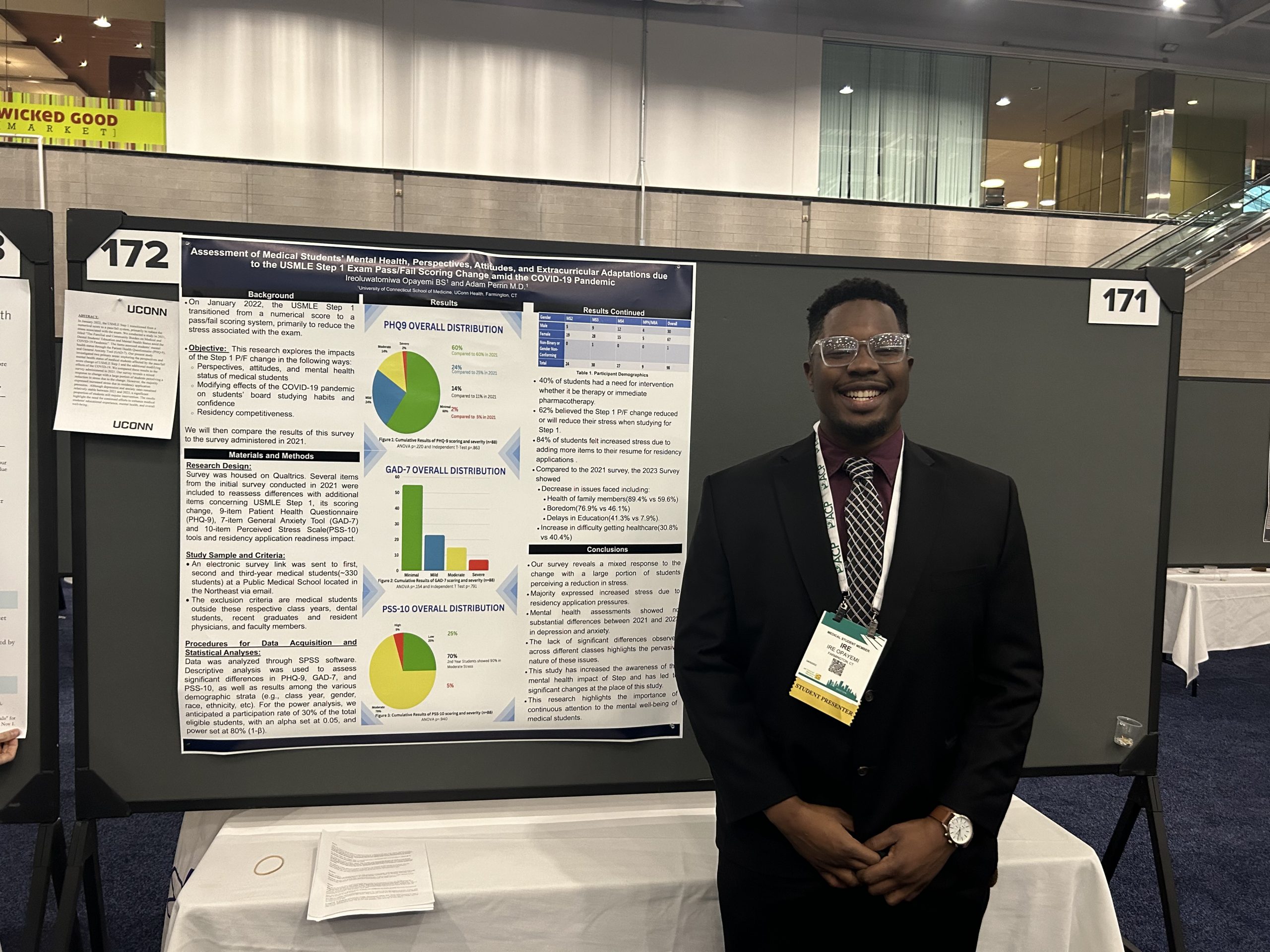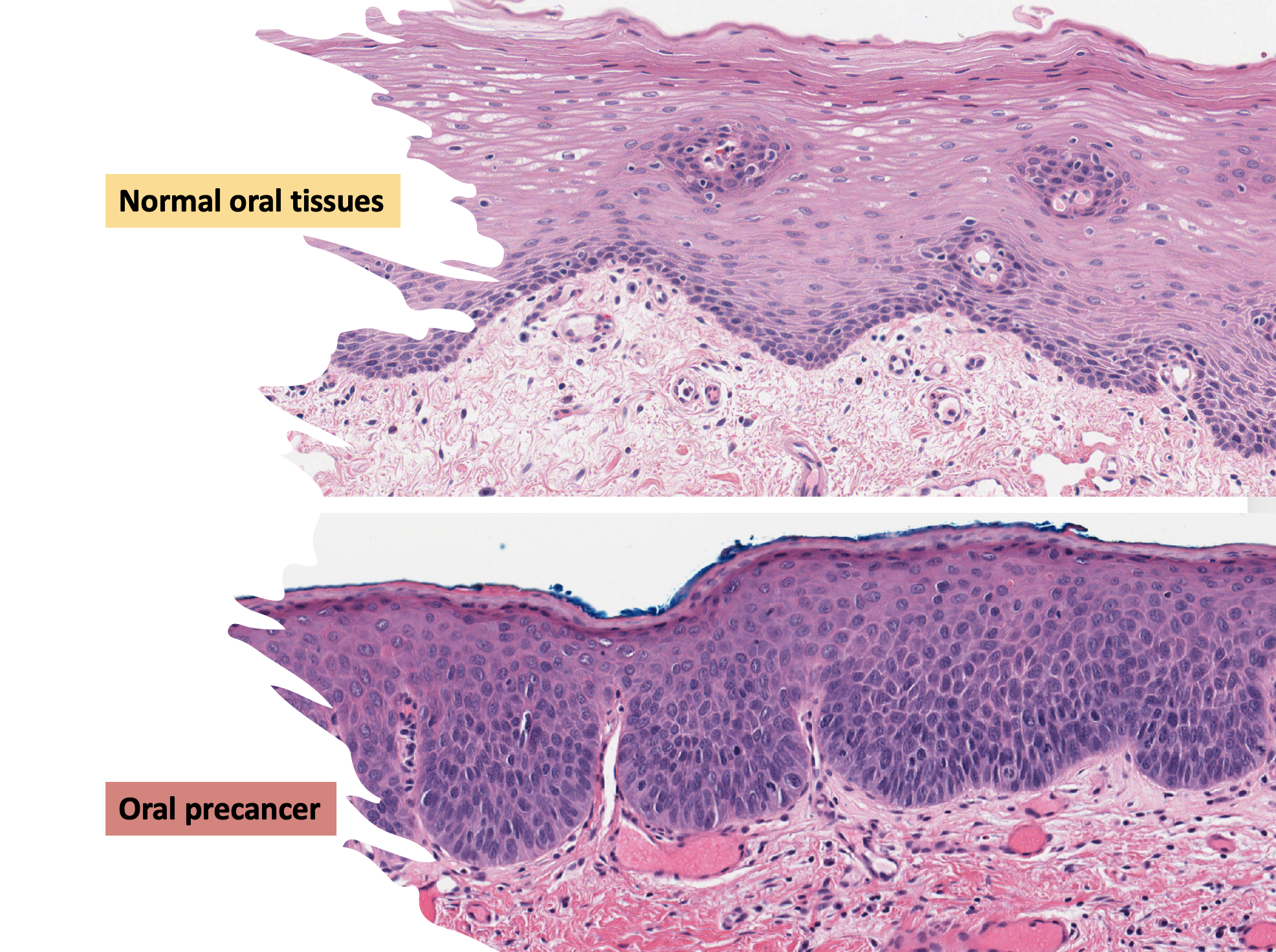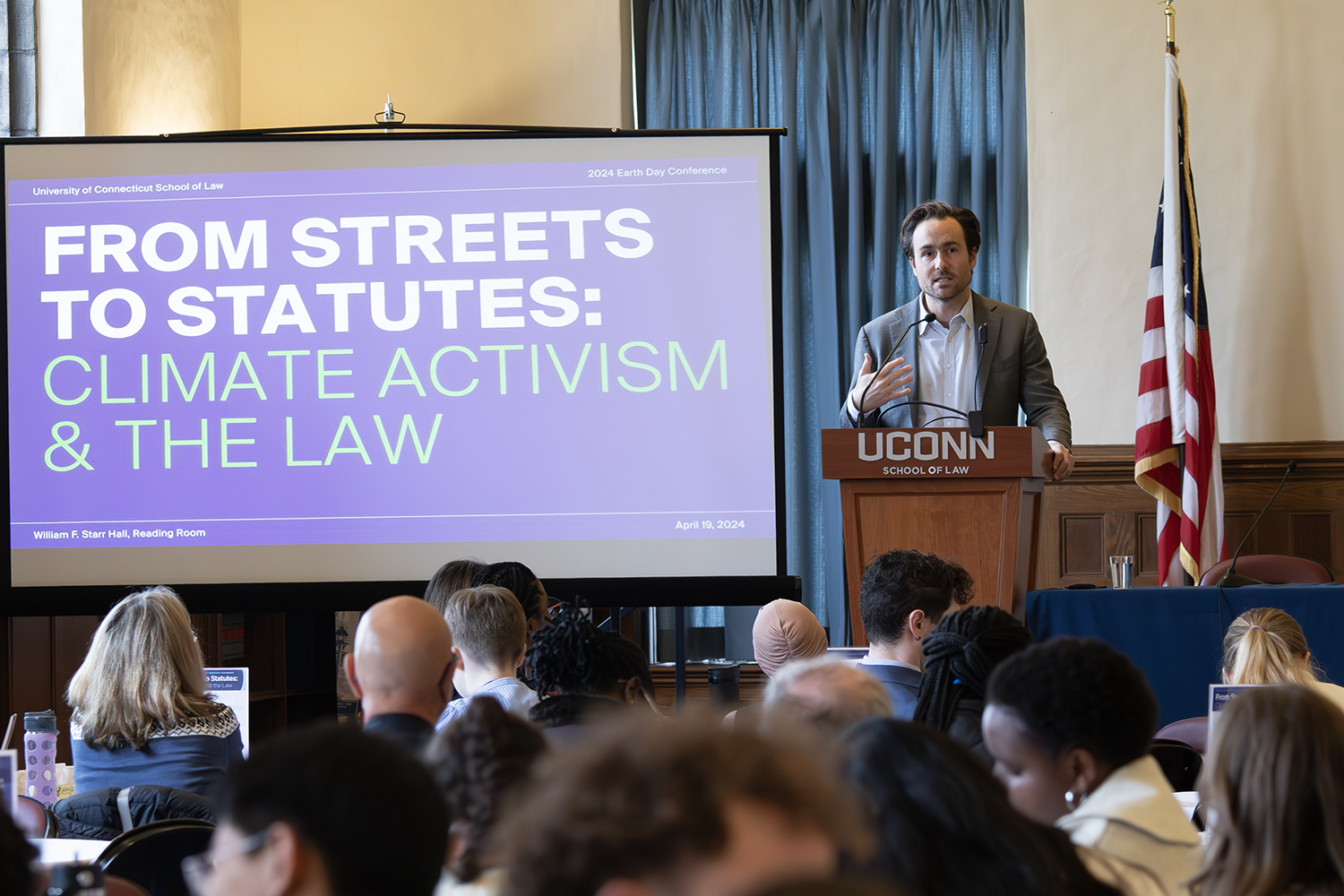Repetitive Motion Injury Continues as Most Common Complaint

As we observe another Labor Day holiday, Connecticut workers continue to suffer occupational illness rates higher than the national average. Thirty-four hundred workers reported on-the-job-related illnesses in 2009 according to a report prepared by UConn Health Center researchers for the Connecticut Workers’ Compensation Commission.
The overall rate of occupational illness in Connecticut declined 3 percent to 25.6 illnesses per 10,000 workers from the previous year. This confirms a downward trend with more than 29 percent fewer illness cases than the over 4,800 cases reported four years ago. But Connecticut remains 20 percent higher than the national average of 21.3 illnesses per 10,000 workers. These rates do not reflect the much larger category of traumatic occupational injuries which are discussed in a separate annual report issued by the CT Department of Labor.

Occupational Disease in Connecticut, prepared by Health Center occupational and environmental experts Tim Morse and Paula Schenck, cites information from three sources: the State Labor Department/Bureau of Labor Statistics 2009 survey; the 2009 Reports of First Injury to the CT Workers Compensation Commission; and the 2008 Physicians Reports under the Occupational Illnesses and Injury Surveillance System. Reports from all three systems were dominated by musculoskeletal disorders — in particular carpal tunnel syndrome and tendonitis, with repetitive motion most commonly characterizing the cause.
“Tracking of occupational illnesses is a public health tool for addressing prevention,” says Morse. “These tracking efforts have been a crucial factor in increasing awareness of workplace hazards and identifying opportunities to reduce risks. We have concerns that reported occupational illnesses for Connecticut’s population are higher than national averages in all categories – hearing loss, skin, respiratory and musculoskeletal illnesses. However, there is the encouraging news that within Connecticut we are seeing declining illness rates over time.”

More than half the reports in Connecticut of occupational illness were in two industry sectors in 2009 based upon BLS data: the manufacturing sector, with 1,000 reported cases or 54.2 illnesses for 10,000 workers, and the education and health sector, with 900 reports or 40.3 illness reports for 10,000 workers. Manufacturing reports were dominated by hearing loss and musculoskeletal illness whereas reports in the education and health sector were predominately musculoskeletal illnesses as well as skin and respiratory disease. Musculoskeletal illness was again the majority of the 500 reports (53.5 illnesses per 10,000 employees) in local government. Lost-work time musculoskeletal disorders, which include strains and sprains, decreased 12 percent from the year before, but the Connecticut rate of 47.6 per 10,000 workers remains 44 percent higher than the national MSD rate of 33 per 10,000 workers.
The report is part of the Occupational Disease Surveillance System, a cooperative effort between the Connecticut Workers’ Compensation Commission, the Connecticut Department of Public Health, the Connecticut Labor Department, the academic occupational health programs at the UConn Health Center and Yale University, and other state occupational health clinics. The system is designed to trace and prevent occupational disease. The report includes a “Who’s Who” of contact information for agencies and programs in occupational health and safety in Connecticut, as well as a list of useful websites nationally.
A free copy of the “Occupational Disease in Connecticut: 2010” report that reflects data for 2009, is available at http://www.oehc.uchc.edu/news.asp, or call the Workers’ Compensation Commission at 860-493-1500 or Dr. Morse at 860-679-4720.
For more UConn Health Center news and information, follow us on Facebook, Twitter and YouTube.



